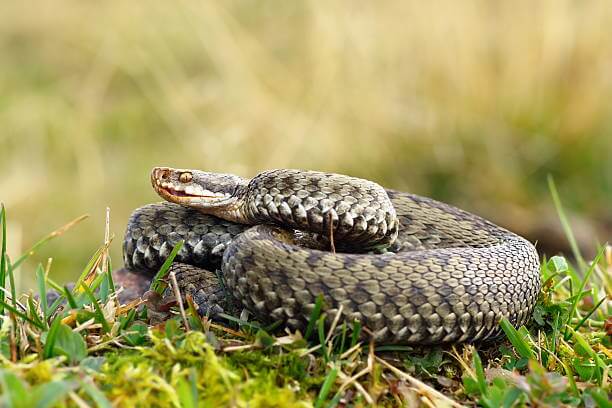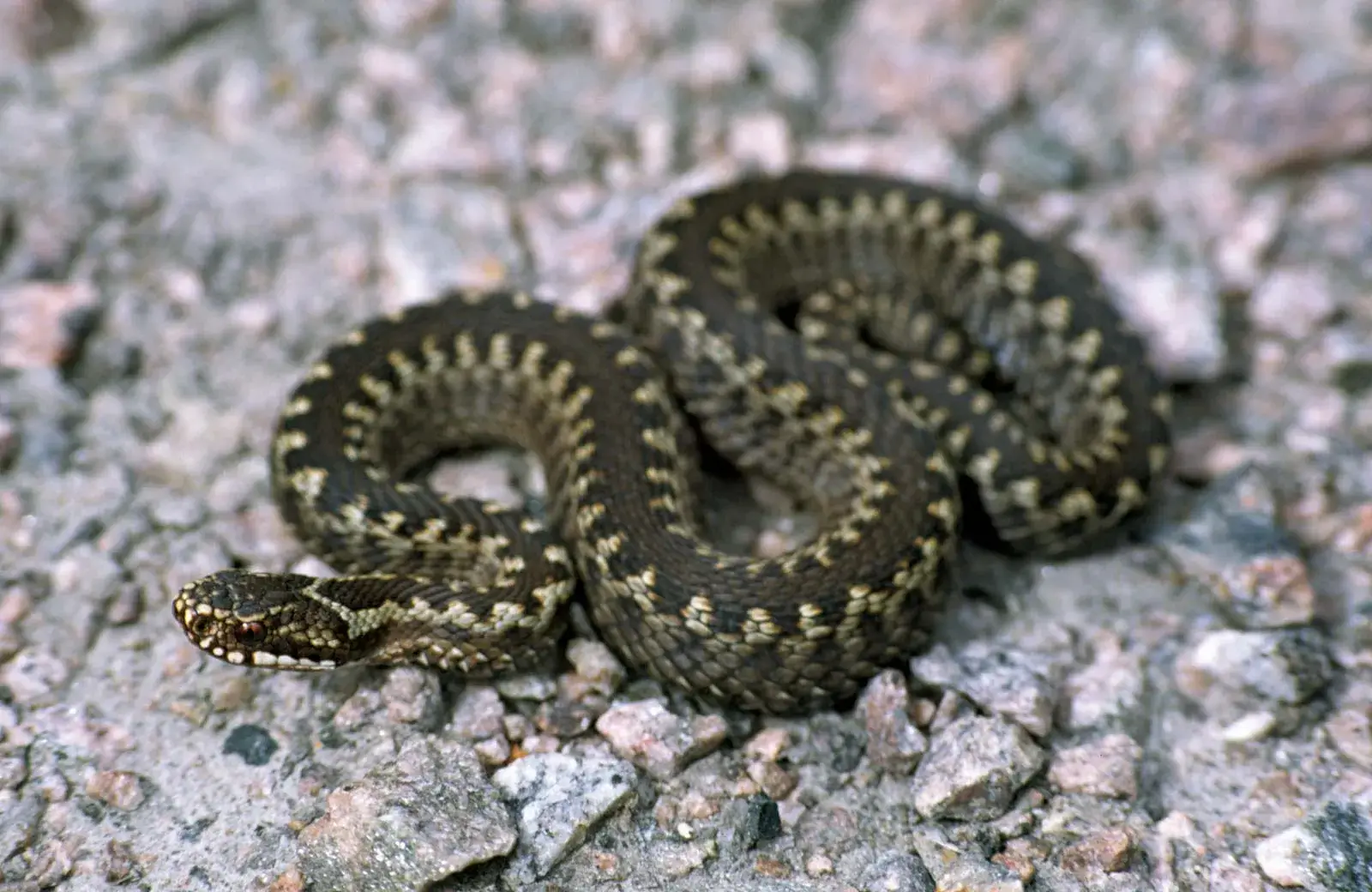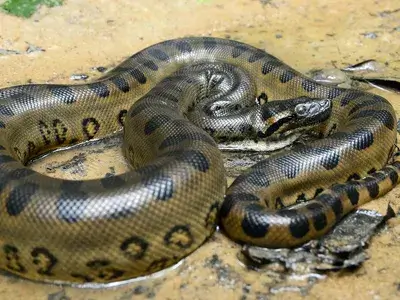Viper: An In-depth Exploration of the Venomous Snake
The viper is a fascinating and diverse family of venomous snakes known for their iconic long fangs and potent venom. With species spread across the globe, vipers have captured human attention, respect, and fear for centuries.
In this article, we delve into the scientific classification, physical characteristics, habitat, behavior, diet, reproduction, predators, and conservation status of vipers. Additionally, we will uncover interesting facts, evolutionary history, and the relationship between vipers and humans.
Contents
Scientific Classification
- Kingdom: Animalia
- Phylum: Chordata
- Class: Reptilia
- Order: Squamata
- Suborder: Serpentes
- Family: Viperidae
The Viperidae family is split into two subfamilies:
- Viperinae: True vipers found in Europe, Asia, and Africa.
- Crotalinae: Pit vipers found in the Americas, Asia, and Europe.
Each subfamily boasts various species, such as the Gaboon viper, Russell’s viper, and the rattlesnake.
Physical Characteristics

Vipers are easily recognized by their:
- Triangular heads: Due to the large venom glands on the head’s sides.
- Long, hollow fangs: Vipers possess retractable fangs that they use to inject venom into prey.
- Vertical, slit-like pupils enhance their ability to see in low light conditions, making them efficient nocturnal hunters.
- Thick, muscular bodies: Most vipers are stout and capable of delivering rapid strikes to unsuspecting prey.
Size varies among species, with some, like the Gaboon viper, reaching lengths of up to 6 feet, while others, like the pygmy rattlesnake, grow to only 1.5 feet.
Habitat
Vipers are highly adaptable and occupy diverse habitats across the globe:
- Forests: Many vipers, such as the bush viper, inhabit dense forests where they can blend into the vegetation.
- Deserts: Species like the horned viper thrive in arid environments, camouflaging in the sand.
- Grasslands: Russell’s viper can be found in open fields and grasslands of India.
- Wetlands: Pit vipers, like the cottonmouth, live in marshes and wetlands in the southeastern U.S.
Behavior

Vipers are primarily ambush predators, relying on stealth and camouflage:
- Nocturnal hunters: Most species hunt at night, utilizing heat-sensing pits (in pit vipers) to detect warm-blooded prey in the dark.
- Ambush tactics: Vipers often remain motionless, striking quickly when prey ventures close.
- Venom: Viper venom is highly potent, containing enzymes that break down tissue, disrupt blood clotting, and paralyze prey.
While some vipers are solitary and territorial, others may be more tolerant of the presence of conspecifics, especially during mating seasons.
Diet
Vipers are carnivorous, feeding primarily on small mammals, birds, and amphibians. Their diet consists of:
- Rodents: Mice, rats, and other small mammals are a primary food source.
- Birds: Some vipers prey on small birds, especially in forested areas.
- Frogs and lizards: Smaller species may rely on amphibians and reptiles.
- Occasionally, invertebrates: Some juvenile vipers consume insects before transitioning to larger prey.
Vipers immobilize their prey with venom, then swallow it whole.
Reproduction
Vipers exhibit a range of reproductive strategies:
- Ovoviviparous: Most vipers, including pit vipers, give birth to live young, with eggs hatching internally.
- Mating season: Varies among species but typically occurs in the spring or early summer.
- Gestation period: Can last several months, with females giving birth to 10-30 offspring at a time.
- Parental care: Vipers do not exhibit parental care. The young are fully independent from birth and must fend for themselves.
Predators
While vipers are apex predators in their habitats, they are not without threats. Some natural predators include:
- Birds of prey: Eagles and hawks are known to hunt and consume vipers.
- Large mammals: Mongooses, known for their resistance to snake venom, are formidable predators of vipers.
- Humans: Humans often kill Vipers out of fear or for their skins.
Conservation Status
The conservation status of vipers varies significantly:
- Endangered species: Certain species, like the Aruba Island rattlesnake, are critically endangered due to habitat loss and human activity.
- Stable populations: Many species, such as the common European adder, have stable populations and are not currently at risk.
- Threats: Habitat destruction, climate change, and illegal wildlife trade are significant threats to many viper species.
Conservation efforts focus on habitat protection and reducing human-wildlife conflict in regions with common vipers.
Interesting Facts About Vipers
- Gaboon viper: Has the longest fangs of any snake, reaching up to 2 inches in length.
- Rattlesnakes: The rattle is a series of hollow, keratin segments that produce a warning sound when vibrated.
- Venom evolution: Viper venom has evolved to target specific prey, making it highly efficient for hunting.
Evolutionary History
The Viperidae family is believed to have evolved 30-40 million years ago during the late Eocene epoch. Fossil records show that vipers spread across the globe during the Miocene, coinciding with the diversification of mammals, their primary prey. Their evolution favored the development of retractable fangs, potent venom, and highly specialized hunting adaptations.
Relationship with Humans
Vipers have long been feared and revered by humans:
- Cultural significance: Vipers are often depicted in mythology, folklore, and art, symbolizing danger, death, or wisdom.
- Medicinal research: Viper venom has been studied for its potential in medicine, particularly for developing blood-thinning drugs.
- Human conflict: Due to their evil nature, humans often kill vipers, though they play a vital role in controlling rodent populations.
Education and awareness are crucial in minimizing unnecessary viper killings and fostering coexistence with these essential predators.
Conclusion
Vipers are a diverse and highly specialized family of venomous snakes essential in maintaining ecological balance. With their unique adaptations, such as retractable fangs, potent venom, and heat-sensing pits, they have evolved into effective hunters and formidable predators. While some species face habitat destruction and human conflict threats, vipers thrive across much of their natural range. Understanding and respecting these remarkable reptiles can help ensure their conservation for generations.
- Golden Retriever Pros and Cons: What Every Pet Parent Should Know - 15 September 2025
- Cane Corso Dog Breed: Health, Care, and Lifespan - 14 September 2025
- Catahoula Leopard Dogs: Description, Temperament, Lifespan, & Facts - 21 July 2025






